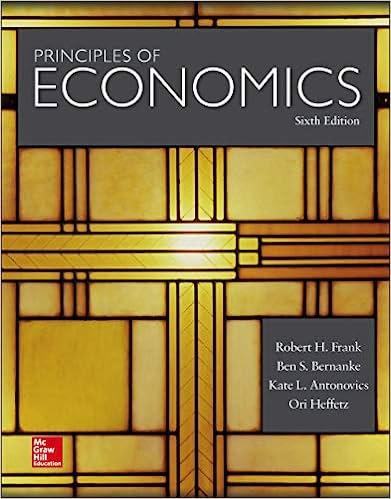having difficulty with 1.2 & 2.1
1.1.Do you believe that the Hayek's classical AD-AS model explain the factors that cause changes (shifts) in AS realistically? Why or why not?
2.1. In Figure 2 above, what are the factors that may cause theaggregate demand to shift from AD to AD1? What is the difference between demand pull inflation, cost push inflation and recession?
Name: ______________________________ Class: __________________ Date: __________ Homework 5 Chapter: 32 This assignment relates to following learning outcomes: explain the factors that cause changes (shifts) in AD define aggregate supply (AS) and explain how it differs in the immediate short run, the short run, and the long run explain the factors that cause changes (shifts) in AS discuss how AD and AS determine an economy's equilibrium price level and level of real GDP describe how the AD-AS model explains periods of demand-pull inflation, cost-push inflation, and recession Follow the instructions below to complete the assignment. Instructions: The economic ideas of two the most influential economists: John Maynard Keynes and Frederic von Hayek have a significant impact on the US economy and the entire global economy. They had very different views about a free market economy and the role of the government. Even though they had arguments in 1930s, their ideas still affect our contemporary economic systems. The relevance of their views will be debated in the video: Fear The Boom and Bust": Keynes vs Hayek Rap Battle. Two models below represent John Maynard Keynes and Frederic von Hayek concepts of aggregate-demand (AD) and aggregate-supply(AS) of the nation's economy. Once you've watched the video and read Chapter 32: Aggregate Demand and Aggregate Supply, then answer the questions that follow. The following links provides a two-minute videos about demand-pull inflation, cost-push inflation, recession, short-run period, and long-run period. Investopedia. (n.d.). Cost push inflation. Retrieved from https://www.investopedia.com/terms/c/costpushinflation.asp Investopedia. (n.d.). Demand-pull inflation. Retrieved from https://www.investopedia.com/terms/d/demandpullinflation.asp Investopedia. (n.d.). Recession. Retrieved from https://www.investopedia.com/terms/r/recession.asp Investopedia. (n.d.). Short run. Retrieved from https://www.investopedia.com/terms/s/shortrun.asp 1 For more information about Keynes's and Hayek's different views, read the article: Keynes v Hayek: Two economic giants go head to head. BBC News. (2011, Aug 3). Keynes v. Hayek: Two economic giants go head to head. Retrieved from http://www.bbc.comews/business-14366054 Welker, J. (2011, Apr 8). The battle of ideas: Hayek versus Keynes on Aggregate Supply. Retrieved from http://welkerswikinomics.com/blog/2011/04/08/1643/ Figure 1: Hayek's (Classical) AD-AS Model Economics Online. (n.d.). Aggregate Demand. Retrieved from http://economicsonline.co.uk/Managing_the_economy/Aggregate_demand.html 1.1. Hayek says that markets will heal themselves and that government should not intervene. How does the AD-AS model reflect Hayek's idea that governments cannot increase real GDP beyond the level that the free market economy is able to produce? 1.2. Do you believe that the Hayek's classical AD-AS model explain the factors that cause changes (shifts) in AS realistically? Why or why not? 2 Figure 2: Keynes's AD-AS Model Economics Online. (n.d.). Aggregate supply. Retrieved from http://www.economicsonline.co.uk/Managing_the_economy/Aggregate+supply.html 2.1. In Figure 2 above, what are the factors that may cause the aggregate demand to shift from AD to AD1? What is the difference between demand pull inflation, cost push inflation and recession? 2.2. In macroeconomics, the immediate short run is known as a length of time when both input prices and output prices are fixed. In the short-run, input prices are fixed but output prices are variable. In the long run, input prices and output prices can vary. Describe the AS curve in the Immediate Short run. Describe the AS curve in the Short run. Describe the AS in the Long run. 3 4







